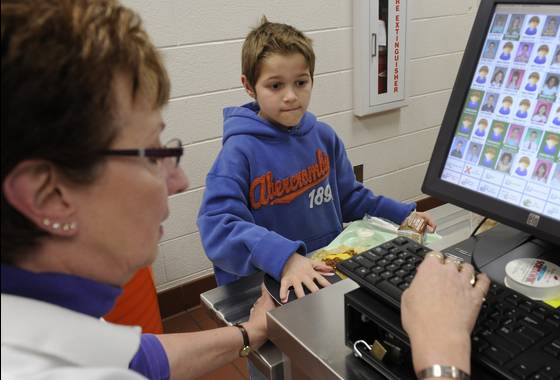"It's so quick that a child could be standing in line, call mom and say, 'I forgot my lunch money today.' She's by her computer, runs her card, and by the time the child is at the front of the line, it's already recorded," says Art Dunham, director of food services for Pinellas County Schools.
Students take about four seconds to swipe and pay for lunch, Dunham says, and they're doing it with 99% accuracy. "We just love it. No one wants to go back," Dunham says.
Palm-scanning technology is popping up nationwide as a bona fide biometric tracker of identities, and it appears poised to make the jump from schools and hospitals to other sectors of the economy including ATM usage and retail. It also has applications as a secure identifier for cloud computing.
Palm scanners are installed in more than 50 school systems and more than 160 hospital systems in 15 states and the District of Columbia, Yanak says. HT Systems president David Wiener won't reveal revenue but says that since 2007, they've got more than 160 hospitals for clients and have scanned more than 5 million patients.
Webb says he's concerned that use of the scanners by elementary school students normalizes the use of biometrics and anesthetizes young children to recognizing privacy violations later in life.
"If it's a technology that works really well, it won't be long before you're offering your palm in a lot of different locations, and you will be concerned about who's got access to that information and what they want to do with it," Calabrese says.












